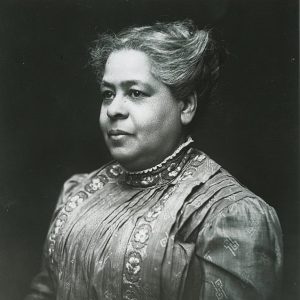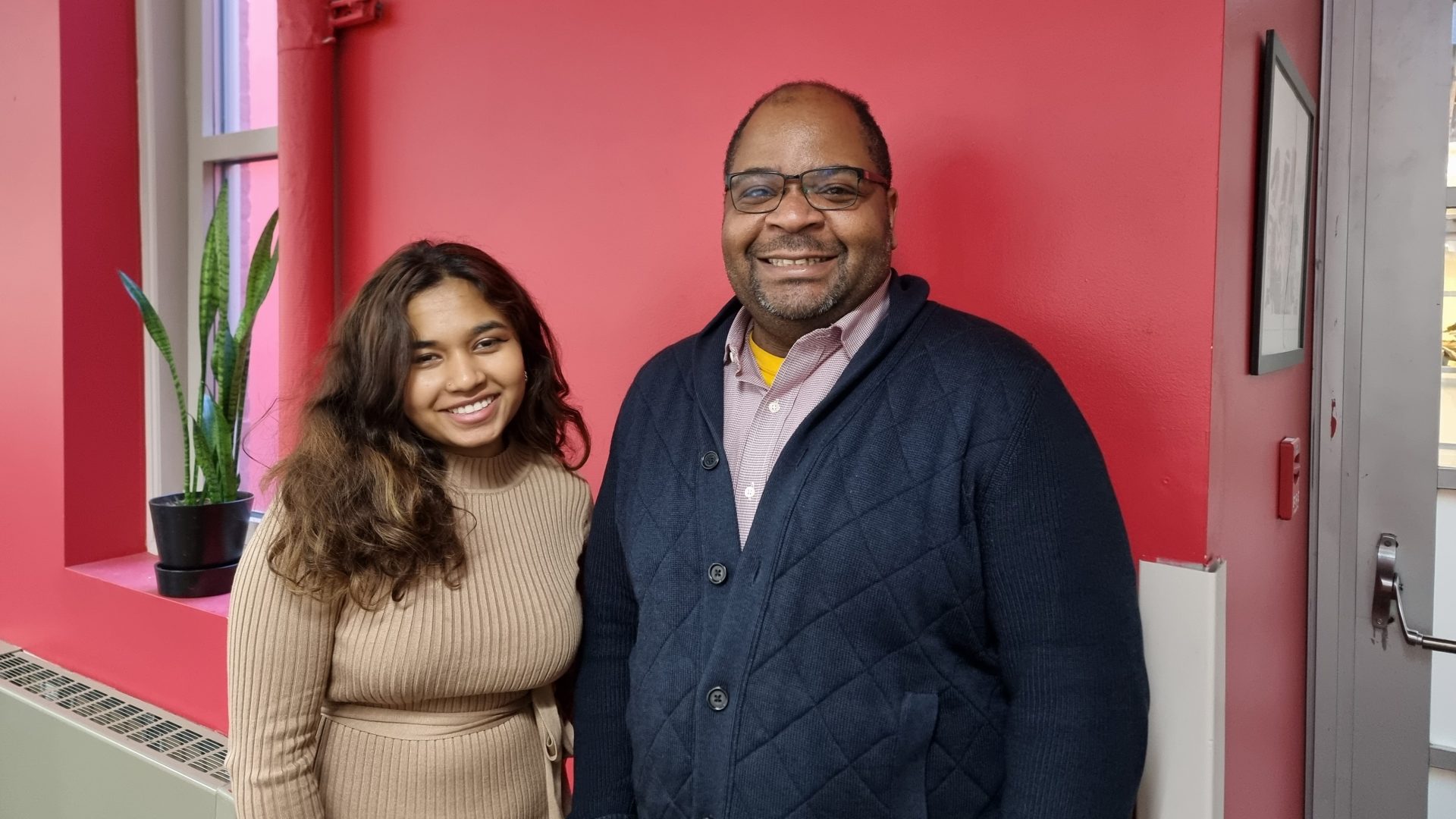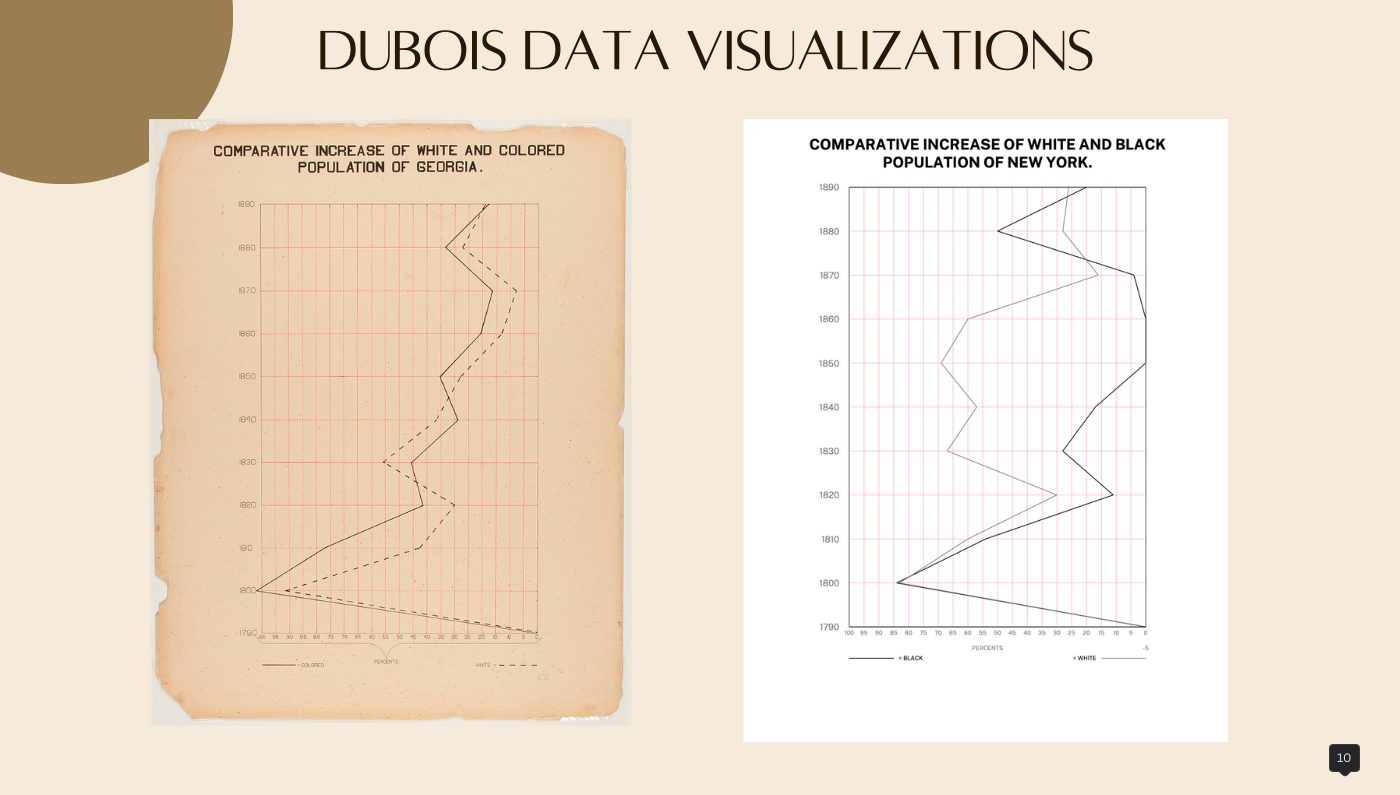Macaulay Honors College
Reviving New York’s Lost Black Communities Through Research
03/24/2023
Student and Alumni News
MACAULAY’S RESEARCH ASSISTANT PROGRAM
The Macaulay Research Assistant Program was designed to spark a passion and give student participants an edge when entering the workforce. Managed by the college’s Career Development team, the program’s benefits reach far beyond the student experience, opening doors to professional networks, and helping CUNY researchers to complete important projects that further our knowledge in a wide variety of areas.
Emily Jiménez, Macaulay’s Assistant Director of Career Development, explains the program’s value. “Researchers and students work together to create new knowledge in a discipline, affording students an opportunity to make connections to the work of their faculty mentors. Students learn hands-on research experience under that direct and active supervision, that’s why we work closely with researchers and lab directors to pair them with the right students.”
One such pair is Allen Hillery, MS, and Syeda Tabassum ’23 (Brooklyn College). Prof. Hillery is a lecturer at Macaulay and at The City College of New York. His research focuses on the historical background of New York and the works of data science pioneer W.E.B. Du Bois. Early in the academic year, he met Syeda Tassbaum, a computer science and society major, and immediately saw that her breadth of interests could bring something new to his research.
Prof. Hillery engaged Syeda to work on Mapping Communities, a project focused on studying the Black communities that thrived in New York City from the early 1800s to the mid 1950s. Nationally, many of these enclaves and neighborhoods no longer exist, lost to racism, eminent domain, gentrification, land seizure, immigration, and other forces. Mapping Communities seeks to expose the social elements that eroded two of these New York City enclaves—Seneca Village in Manhattan, and Weeksville in Brooklyn—and revive them through research.
When Syeda first joined the project she faced an “overwhelming” amount of data (nearly 1 million pieces) collected by Prof. Hillery. His trove included public records, photographs, documents, deeds, letters, news accounts and much, much more. But very quickly Syeda began following her own critical line of questioning.
“Syeda brought her curiosity, and her passion for computer science and sociology to the table,” recalled Prof. Hillery, “and she was not afraid to ask questions or to make suggestions. These are the qualities of a good researcher.”
With Prof. Hillery’s flexible approach, Syeda decided to concentrate on three Seneca Village residents whose lives emerged from the records, and use their stories to bring the history to life.
 “I wanted to look more at the intimate accounts of the Black women residents thriving in their own communities,” she explained. “There’s just not enough about their accomplishments or the institutions and groups that they built. I decided to focus on some of the key black women of this era who I feel are too often left out of the narrative.” She selected Ida B. Wells (1862-1931), Eliza Webster (1819-1879), Sarah Garnett (1831-1911), and Maritcha Remond Lyons (1848-1929, shown), all prominent activists and educators from the community.
“I wanted to look more at the intimate accounts of the Black women residents thriving in their own communities,” she explained. “There’s just not enough about their accomplishments or the institutions and groups that they built. I decided to focus on some of the key black women of this era who I feel are too often left out of the narrative.” She selected Ida B. Wells (1862-1931), Eliza Webster (1819-1879), Sarah Garnett (1831-1911), and Maritcha Remond Lyons (1848-1929, shown), all prominent activists and educators from the community.
“Tracking their lives through the records revealed the upheaval of having their neighborhood seized and their communities uprooted. I can’t imagine what it was like to watch the city demolish their homes, churches, shops.” reflects Syeda. “But I saw evidence of their resilience, too.”
Data visualizations comprise another part of the research that sparked Syeda’s interest. She collaborated with scholars at the New-York Historical Society to use technology to portray shifts in the Black population over time.
“It was the perfect combination of work to satisfy my interest in sociology and computer science,” Syeda says. “I got this really great mentorship from Prof. Hillery and connection with scholars from different organizations who are also passionate about the work. Overall, I felt so supported and that my ideas mattered.”
MAKING THE PARTNERSHIPS HAPPEN
Many prestigious New York City laboratories and research centers welcome high achieving Macaulay students as research assistants. The problem? Labs don’t always have budgets to pay our students, 30% of whom are Pell grant recipients. Macaulay depends on grants and the generosity of its donor community to make these opportunities available for all students.
OTHER DYNAMIC RESEARCH DUOS
Elizabeth Nesbit, at John Jay College, studies public policy and related inequality. Her Macaulay Research Assistant, Basmalla Atia ’24 (Baruch) has been examining how coalitions of nonprofits do advocacy to seek progressive policies at the state level.
Kara Schlichting of Queens College, is an urban environmental historian of New York City. She worked with Elaine Li ’24 (Brooklyn College) and Avi Koenig ’24 (Queens College) on historicizing the urban heat island effect (a phenomenon in which urban areas are significantly warmer due to human activities).
Rebecca Pokorney of Baruch College and the CUNY Graduate Center studies metamorphosis. “I often have my college students working in my lab on the project,” she says. Senior Morgan Magee (Queens College) investigated the correlation between adult body size and population density of the common fruit fly.
Erin Thompson is a professor of art crime at John Jay College. Maliha Tasnim (Hunter) worked with her, cataloging the original artworks created by prisoners during their time at the Guantanamo Bay detention camp. “It gave me a chance to learn more about art in the field of law.”
Professors and their Macaulay research assistants recently presented their work at a special data blitz event. WATCH
MACAULAY’S RESEARCH ASSISTANT PROGRAM
Top: “WOMEN OF SENECA VILLAGE/WEEKSVILLE by Syeda Tabassum & Professor Allen Hillery. Above: Maritcha Remond Lyons , c. 1900.

